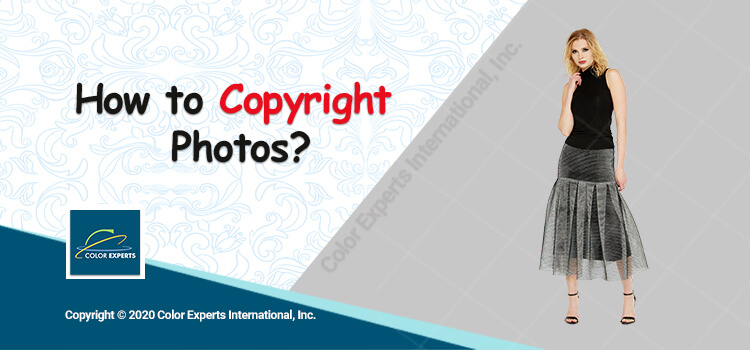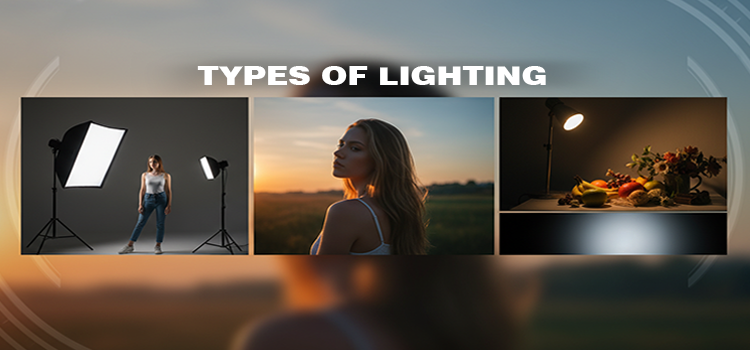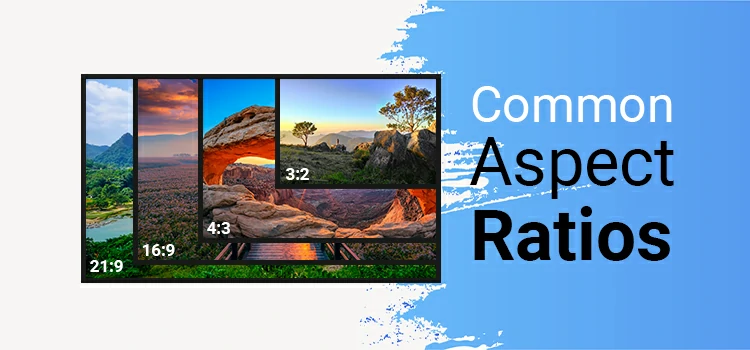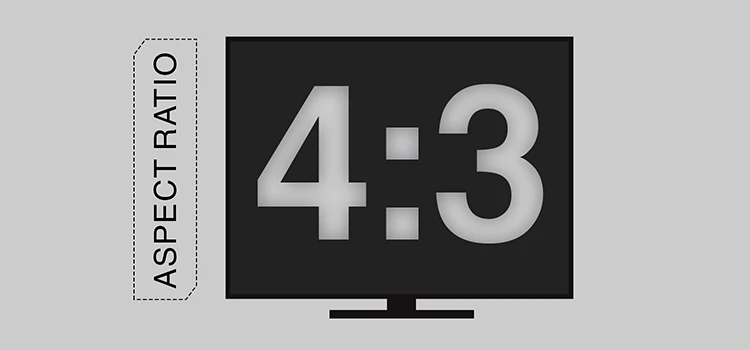How to Copyright Photos in 2025 (A Comprehensive Guide)

Many photographers and designers wonder how to copyright photos. You own a photo or image once you take or design it. So why copyright?
When you share images online, you need to protect them from theft. Anyone can claim ownership of your images. That’s why you need to copyright them.
Copyright is the right to copy. For photographers, it’s the exclusive right to reproduce, publish, and display their original work. The creator can let others use their work. Registering photos with the U.S. copyright office proves you own the copyright.
Get copyright from the photographer if they take your photos. Many new photographers don’t tell clients about image rights. They think they own the photos and use them freely.
Table of Contents
–Types of works falling under Copyright
–How to Copyright and Protect Your Photos
–Begin the Process Registering with U.S. Copyright Office
–How to Register a Copyright of your Photos
–Don’t Forget to Save your Evidence of Copyright Ownership
–Add an Official Copyright Notice and Information in your Image
–Add a Watermark with Photo Retouching Software
–How to know if an Image is copyrighted
–Be Nifty while Publishing your Photos Online
–How to Enforce a Copyright Claim
–How to Copyright Photos for Free
Types of works falling under Copyright
In the realm of copyright, two categories reign supreme: published and unpublished. The photos gracing your blog or website often fall into the unpublished category. Since they remain undistributed to the world, they inhabit a private sphere.
Similarly, the images you share on social media also stay unpublished, tucked away from the public eye. Now, consider stock photos; these vibrant visuals are the life of the party, published and ready to mingle with the masses.
How to Copyright and Protect Your Photos
Let’s throw light on how you can copyright your images to keep them secure from others. Keep in mind that copyright laws differ from country to country. We, in this write-up, will touch on the copyright laws existing in the USA.
1. Begin the Process Registering With U.S. Copyright Office
Even though a photograph automatically belongs to you after you shoot it, you should formally register the photo with the U.S. copyright office. This will help you to sue anyone who infringes the copyright and claim ownership of it illegitimately.
Registration with the office will provide substantial evidence that you are the owner of the photograph. You can do the registration of copyright online or through the mail.
In case you register copyright within statutory time limits, you can claim and gather statutory damages of up to $150,000 for every violation. Filing a lawsuit for damages is possible even if you hang on to register until the day you decide to file.
Try to avoid registering with a third-party non-governmental service. They may offer documented evidence of the dates of your works but you are likely to face difficulties in case you register with them. You can’t sue in the U.S. law court for copyright infringement unless you register with the U.S. copyright office.
How to Register a Copyright of Your Photos
You can file the copyright of your images both electronically and through the mail. But filing online is facile, smooth, and quicker. You can register both a single photograph and an entire body of published work.
- At first, head to copyright.gov and click Register a Copyright.

- Then, you have to define that you want to copyright a photo.

- Next, click on the Register a Photograph link.

- Thereafter, you have to create a user account and after you log in, click on the Register a New Claim.

- After that, you will be asked 3 questions and you have to answer them to initiate the registration process. You will then be asked about the type of work you intend to register. Select the Work of the Visual Arts from the dropdown menu.
- Finally, fill out the form showing up on the screen as detailed as possible. In case you exclude any key information, it will just delay the process. Once you submit your form with all the required information to the copyright office, you have to pay $35 for a single photograph along with dispatching a copy of your photograph.
Don’t Forget to Save Your Evidence of Copyright Ownership
After a few months of registration, you will receive a formal copyright certificate via mail. Secure it in a place to get it when required. You can receive a duplicate copy of it when necessary.
The U.S. copyright office doesn’t have any particular way to know who is the actual owner of a document or photograph. The registration certificate is the only evidence that you claimed to be the owner of the photograph.
Keep in mind that registering copyright doesn’t substantiate that you are the original owner of a piece of work. It’s very much possible that someone before you crafted the work as well. In that case, claiming the ownership of the work can come under copyright infringement. To resolve the issue, you have to put forth strong and convincing evidence in your favor.
2. Add an Official Copyright Notice and Information in Your Image
Before you publish your image online, add copyright symbol © followed by the year of publication and then the name of the copyright owner. In addition, add relevant copyright information in your image as it will discourage online users from stealing the image. The image can read information like this- “We copyrighted the image and we reserve the right to sue in the case of infringement.”

Removing or modifying copyright information, however, is also a copyright violation after you publish and distribute your image. Likewise, you may deploy technical countermeasures to ward off unauthorized copying and distribution. If anyone attempts to overlook these countermeasures may also fall under copyright infringement.
3. Add a Watermark With Photo Retouching Software
Watermark can be your company name or company logo that you have to use in your photograph with any photo editing software like Adobe Photoshop, Paint Shop Pro, or any other software you are comfortable with. Adding a watermark is a fabulous way to showcase your image and promote it without apprehending that it can be stolen.

Apart from them, you can take advantage of online watermark services like Watermark-Images. There are many online catalogs using company names in the middle of the photographs that impede others from reusing it for their objectives.
How to Know if an Image Is Copyrighted
There are several ways to know if an image is copyrighted. Check out the link below to know the ins and outs about an image and whether it’s copyrighted.
Be Nifty While Publishing Your Photos Online
The online world has billions of users and countless photos. Many browsers reuse copyrighted images without credit or licenses, and some even try to alter them to claim ownership.
Read the terms and conditions when posting photos online. Protect your ownership by checking the fine print.
To prevent theft of your photos, ask for credit in them. Also, disable right-clicking to stop users from copying and saving your images.
How to Enforce a Copyright Claim
Depending on the situation, there are various ways to enforce a copyright claim. The most extreme way is to approach and communicate with a lawyer. This way, however, isn’t always required. If you don’t bother someone deploying your photos but want attribution, just get in touch with the owner of the website. Clarify your stand and in most cases, the owner will comply with your requirements and keep the content intact.
If, however, you want your photos to be taken away from a particular website, make use of the legal system. You can write down a cease-and-desist letter to the website owner yourself or through a lawyer. But if you are looking for a simpler option, DMCA takedown is the best and you can get loads of templates online.
Apart from the above techniques, you can also dispatch them an invoice asking to pay for the usage of your photos. If the company has a big budget, they won’t hesitate to pay to avoid trouble.
How to Copyright Photos for Free
We have discussed above how you can copyright your photos but in that way, you will be charged for registration by U.S. copyright office. There are, however, free ways that you can adopt to copyright your photos but no doubt, they can’t replace the official way of copyrighting photos as there are legal issues with it. There are 3 steps you have to follow to copyright your image.
- Open your image with photo editing software and you will find various freeware and proprietary options to watermark it. So, just watermark it.
- Add a copyright notice to your image mentioning your name or company’s name, copyright symbol, and the year of first publication.
- Visit the website of the non-profit CreativeCommons.org to post your image under their license. They promote the sharing of creative properties while maintaining the rights of original copyright holders. Your images may be used or copied by others but you will be attributed to the usage by this organization.
To conclude, we would like to state that content whether textual or visual that you produce, you are its legal owner. Hence, it should be protected and this is where copyright comes into play. It’s a very key factor when it comes to publishing content online.
Every content publisher must know the ins and outs of copyright to protect his content from theft. Whether it’s registering a copyright or claiming copyright, you should be conversant about every step of the process.







